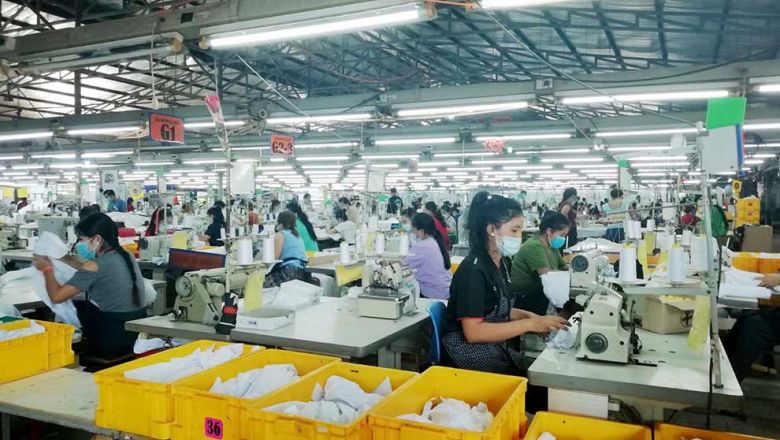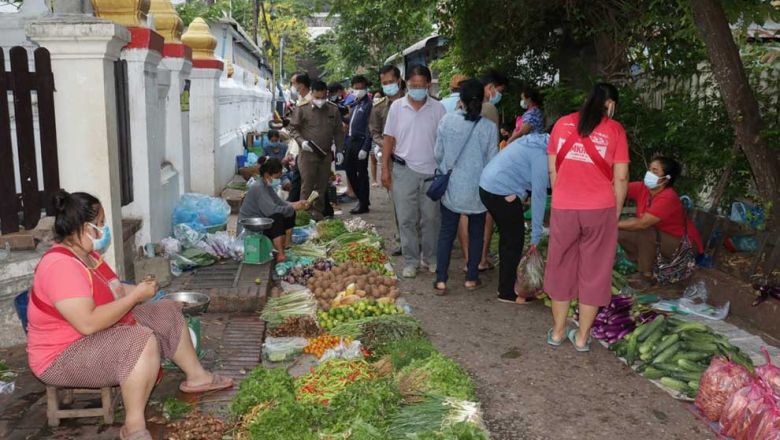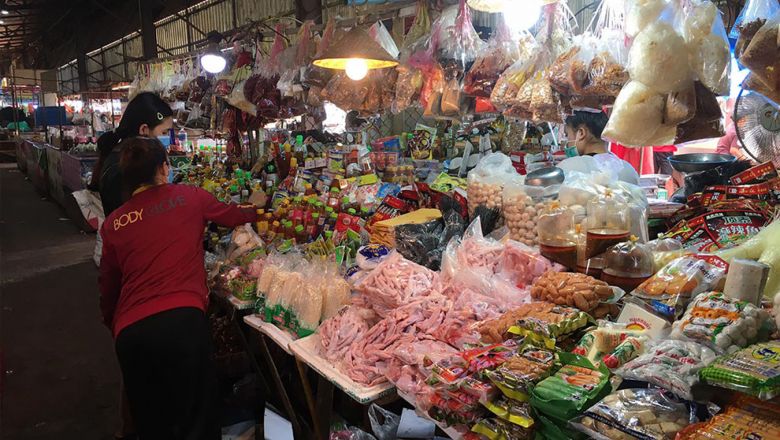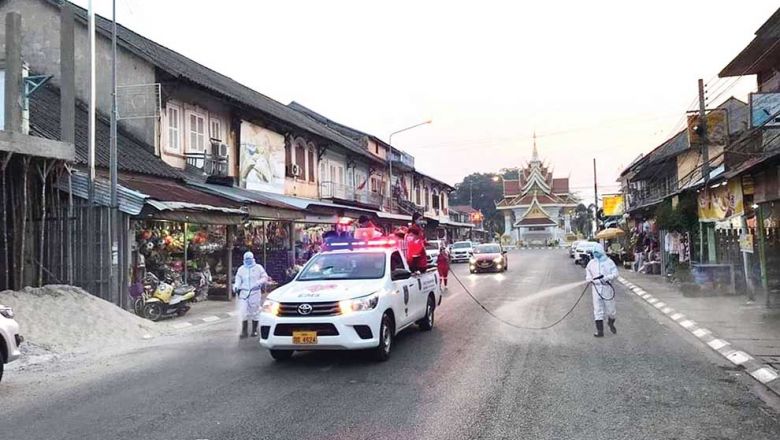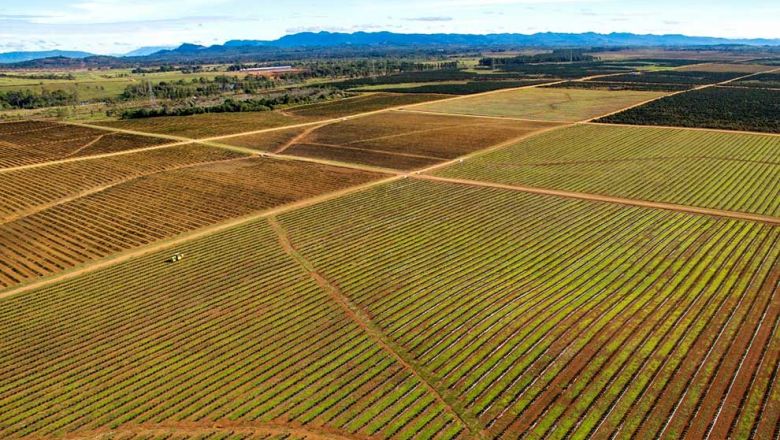Khammuan to improve rice crop for export
Khammuan to improve rice crop for export
Khammuan province is working with the Mekong Institute in Thailand to upgrade rice production to Good Agricultural Product (GAP) standard for export.
T he project will start in Nongbok and Xebangfay districts and expand to other areas once the initial programme proves effective, the provincial Agriculture and Forestry Dep artment Deputy Director, Mr Detsackda Manikham, told Vientiane Times yesterday.
The sticky rice seed to be used is Thadokkham 8-11, while the white rice is Xebangfay 2, which can yield 4-5 tonnes per hectare, he said.
The major markets will be Vietnam and China.
Khammuan currently produces almost 300,000 tonnes of rice per year, of which 100,000 tonnes are available for sale outside the province and 30,000 tonnes are exported to Vietnam.
Despite having a surplus of 100,000 tonnes they can only export 30,000 tonnes as most of the rice does not meet the appropriate standard.
Through this project, Khammuan plans to increase rice production to provide 280,000 tonnes for export, of which 60,000 tonnes will be under the GAP system, by 2020.
GAP will also help to protect the environment, enhance safety and be more sustainable.
However, the province still needs more entrepreneurs to encourage farmers to produce rice for sale through more funding and marketing.
Most of the province's farmers still grow their rice using traditional methods and find it difficult to access funding. They also have little knowledge of how to go about marketing and selling, Mr Detsackda said.
The large amount of capital needed for the seed and the high loan interest charged by banks add to the struggle to produce more rice.
To reduce the large initial outlay the department, in cooperation with the National Agriculture and Forestry Institute, is seeking new methods and technology, especially for automating some of the processes involved.
Khammuan is one of 10 target provinces to produce rice for Laos' food security.
The provincial Agriculture and Forestry Department is also intending to promote the planting of other crops for food security and to create income for farmers, such as sweetcorn, cassava and sugarcane.
According to their plan, the department will encourage farmers to increase production of these crops by about 7 percent a year and the breeding of animals for meat and egg supply to about 22,930 tonnes a year.


